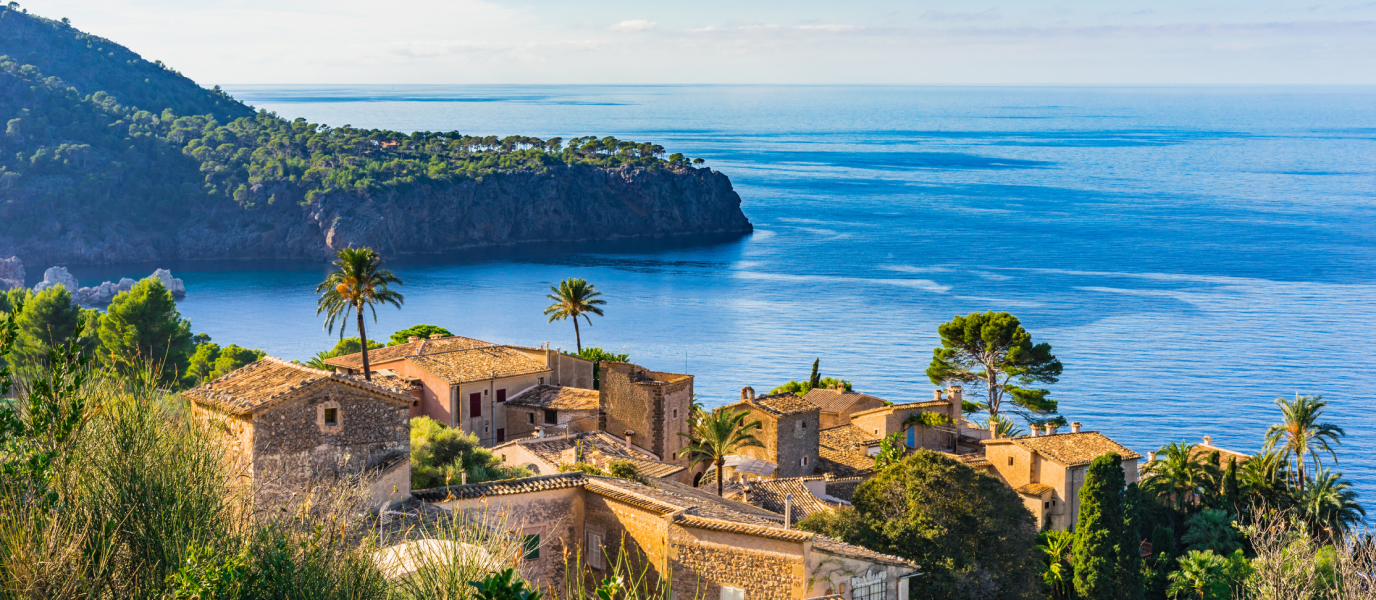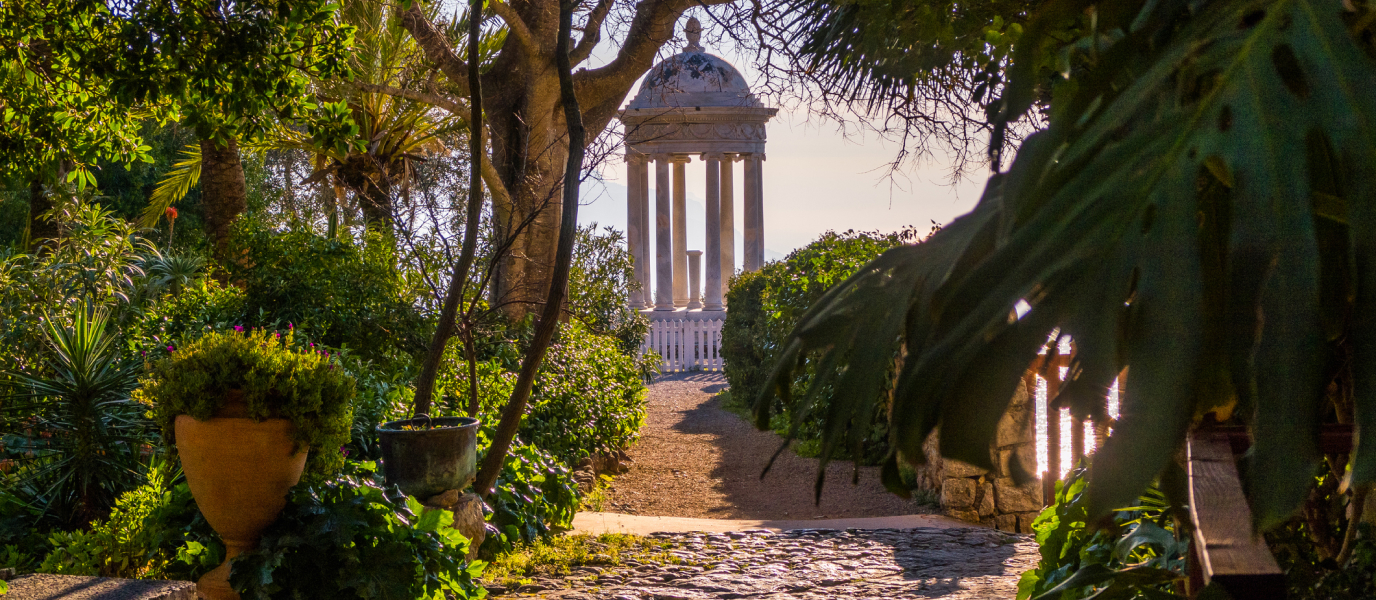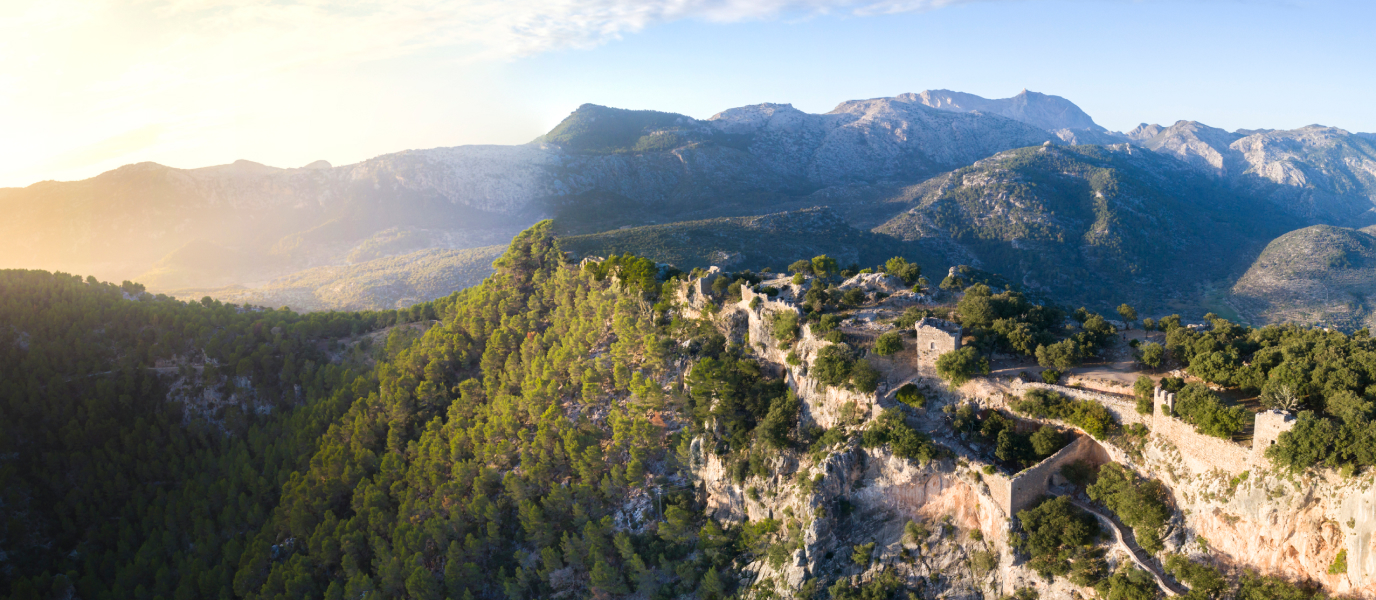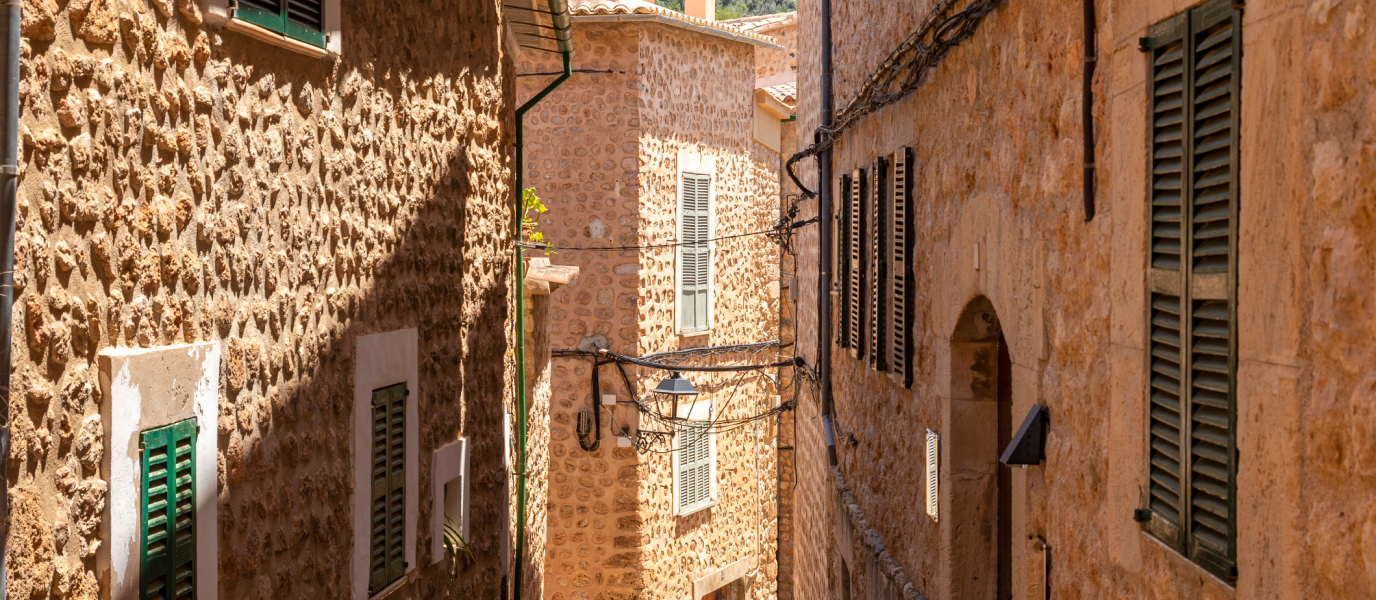No wonder why so many artists have chosen Deià, a small town in the Tramontana mountain range in the north-west of the island of Majorca (just 30 km from the capital), as their home or refuge. The cobbled streets of this picturesque town are full of charm and convey calm, perhaps because strolling along the slopes of the village, with the exuberant nature that surrounds it, inspires and relaxes time itself.
What is it about this place that, as well as painters, artisans and writers, seems to attract increasingly more famous people and tourists? It is a long list. Its architectural richness competes with that of the surrounding landscapes (Deià grew in a privileged spot between the sea and the mountains) and its growing popularity has only enriched its cultural agenda, especially during peak season (such as the International Chamber Music Festival, which Deià has hosted every summer for more than four decades).
It is for this reason that, although the town does not have many residents, it can boast of having a good hotel and gastronomic offer (the best restaurants are concentrated in vía Archiduque Luis Salvador and its surroundings), that will not disappoint even the most demanding visitor.
What is there to see in Deià?
-
Its stone streets
There is no better way to soak up the bohemian spirit of Deià than to walk along its streets with the relaxing sound of the water of the Racó torrent as background music. The skin of Deià is made of stone: the walls of its houses are made of stone and so are the streets that are tread as you walk through the alleys of the town.
Although the walk is slightly strenuous (there are some slopes and it is uneven at times), it can be made more pleasant if you stop to take a photo, marvel at details or stop and eat at one of the bars that dot the town.
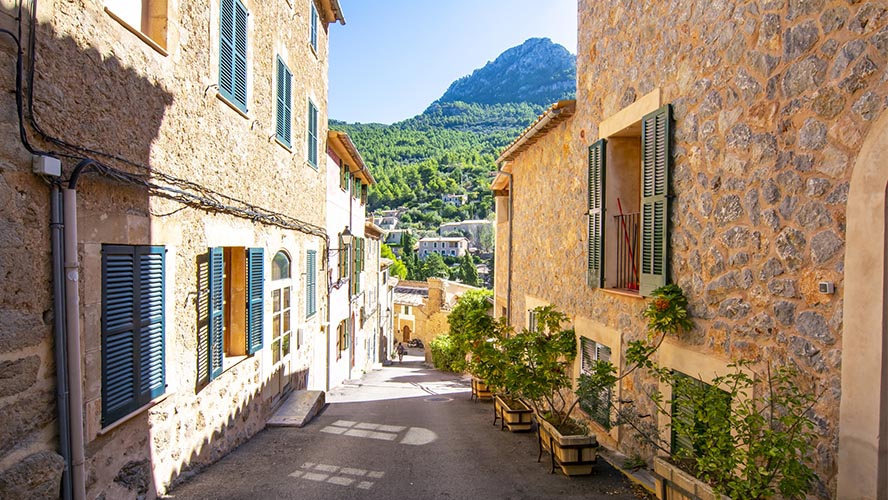
-
Robert Graves house
The famous English writer Robert Graves, author of novels such as ‘I, Claudius’, which was adapted for television, fell in love with Deià and moved there in 1929. Although he found himself forced to leave the town during the civil war, he returned and remained there until his last days. His house remains as it was.
-
Other museums in Deià
Those who like to visit museums will find a few in Deià, from the Archaeological Museum, which is inside an old 18th century mill, to the Parish Hall, attached to the town church, or the museum dedicated to the American painter Norman Yanikun.
-
St. John the Baptist church and the cemetery
Just like the viewpoint of the canyons which is next door (and which is worth a visit to enjoy its privileged views over the Tramontana mountain range), the bell tower of the church of the patron saint of Deià served as a defence tower.
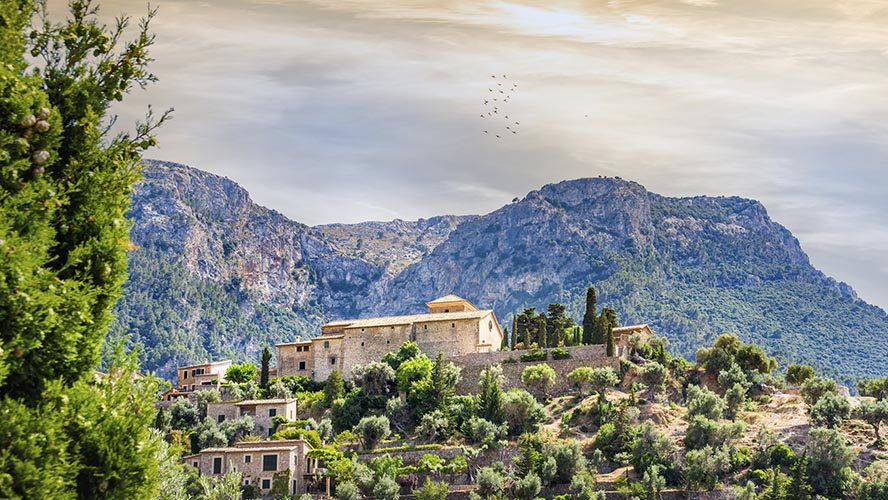
The Deià cemetery is also interesting and picturesque, which is why it is usually included in tourist itineraries, not only because of the celebrities who rest there (Robert Graves or the Majorcan painters Antoni Ribas Prats and Antoni Gelabert) but also because of the beautiful panoramic view it offers with the sea at your feet.
-
Son Marroig
This is one of the main properties of Archduke Ludwig Salvator of Austria in Majorca. Son Marroig is currently dedicated to the preservation of his figure and work (the archduke was the main precursor of tourism in the Balearic Islands) and has one of the most spectacular viewpoints on the Islands. Although the archduke made some modifications to the original construction, he kept intact a 16th century tower in which the last woman kidnapped by pirates disappeared during the last years of the 18th century. Or so says the legend!
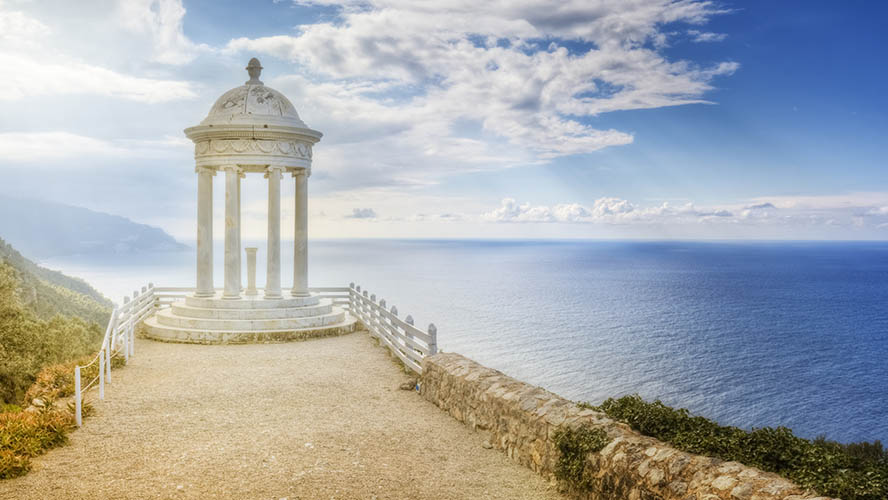
-
The sunset
Thanks to its geographical position and sunny climate, you can see a beautiful sunset in Deià almost every evening. As a matter of fact, the viewpoint of Son Marroig, between Cala Deià and Caló de s’Estaca with views of the Sa Foradada rock, is one of the best points from which to see it.
Nature has moulded a hole in the rock (‘foradada’ means perforated), although some attribute its appearance to a deviated cannon shot. The image of the sunset from there will not leave anyone indifferent, but we recommend arriving early to ensure a good place.
Cala Deià and nearby beaches
There are not many places that are not crowded with tourists on the island of Majorca, but the pleasant cala de Deià is one of the best bets to enjoy a quiet day at the beach. The beach is rather small and full of pebbles, but the landscape is exceptional.
You can get to Cala Deià by car, but it is much more recommendable to walk from the village as the path is worthwhile.
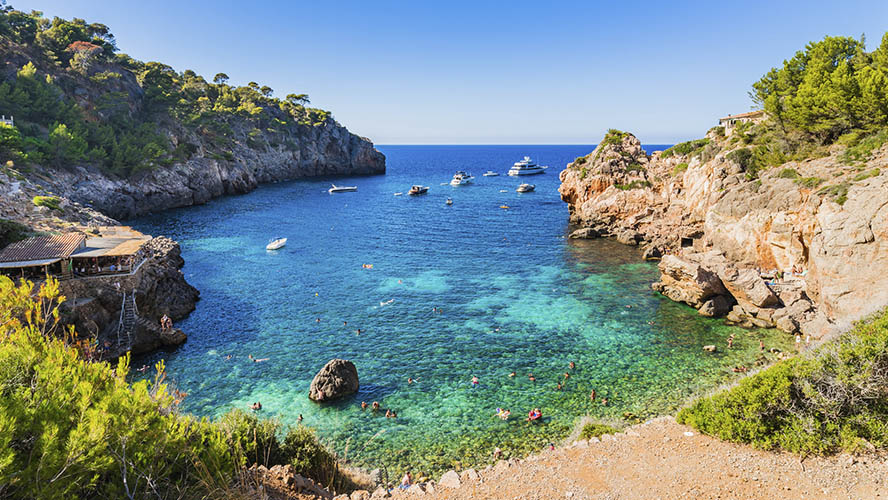
Another nearby beach (about 5 km from Cala Deià) is that of cala Llucalcari or Es Canyeret, which is much smaller than the previous one, and also a pebble beach. Although it is not officially classed as a nudist beach, there are usually some nudists here. If you are looking for sandy beaches, you will have to go to beaches further away from the town.
Restaurants in Deià
If you want to eat well in Deià, you will find a restaurant offer that, although not very extensive, exceeds the average quality of the island and adapts to all tastes and budgets. Some of the best restaurants in Deià are:
-
Es Racó d’es Teix
The chef Josef Sauerschell is at the helm of this family restaurant, which offers excellent Mediterranean signature cuisine backed by a Michelin star and with the added bonus of having breathtaking views of the Tramontana mountain range.
C/ Sa Vinya Vieja, 6
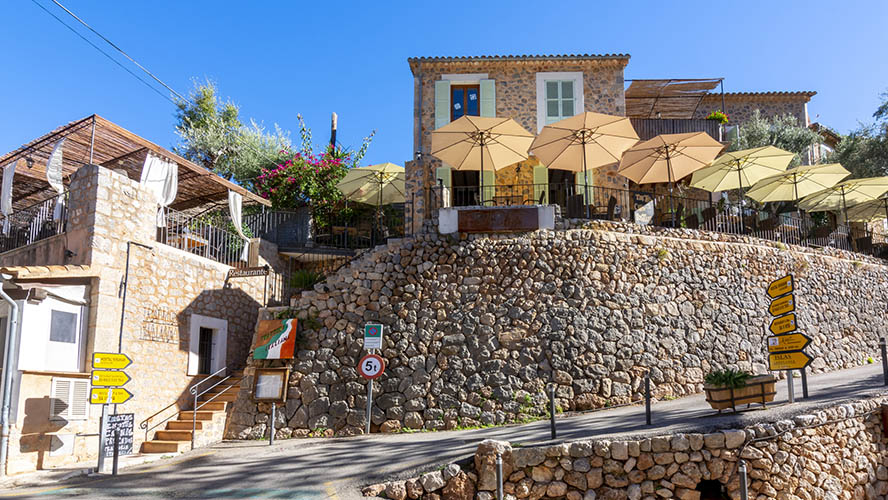
-
Restaurante Sebastián
It is located in an old stable, of which the stone of the original construction is conserved. In the kitchen, chef Sebastian Pasch strives to take full advantage of local seasonal produce.
C/ Felipe Bauzà, 2
-
Ca’s Patro March
Located a few metres from the swimming area of Cala Deià, few restaurants in Majorca can offer better views. It specialises in fresh fish and seafood.
C/ Sa Cala Deià, 16
In short, Deià and its surroundings are ideal not only for the artist in search of inspiration, but also for the traveller who appreciates tranquillity, cultural atmosphere, popular architecture, nature and good food.




































































